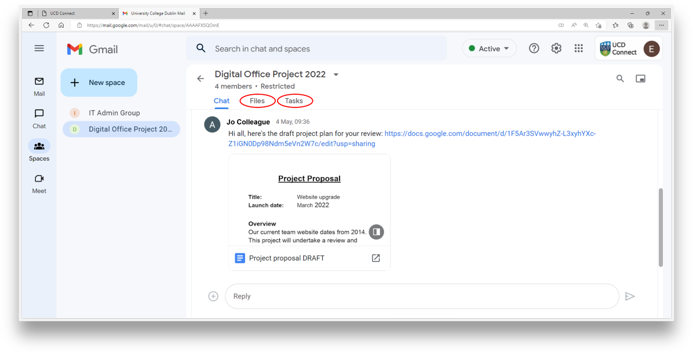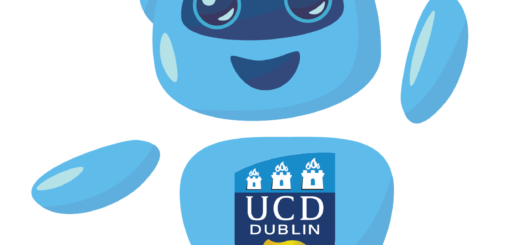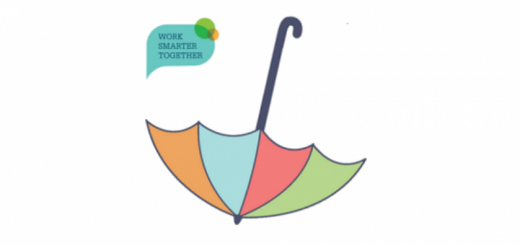Instant Messaging To Felice

We’ve all felt like this on a Monday morning: “Time is short, my strength is limited, the office is a horror, the apartment is noisy, and if a pleasant, straightforward life is not possible then one must try to wriggle through by subtle manoeuvres.” Hybrid working, or any working, clearly wasn’t agreeing with the claims assessment officer of the Worker’s Accident Insurance Institute in Prague, a certain Franz Kafka. It certainly puts waking up as a giant insect, as befell his most famous character, into a more attractive light.
We don’t have the response of Felice Bauer, his then-fiancee to whom he wrote the above in a letter in 1912. Most likely, she reminded him that things couldn’t have been that bad, since he was able to leave work at 2pm every day. This left Franz time to devote to his writing, which included the Institute’s annual report, some of the most influential stories in world literature, and one or sometimes two letters a day to Felice in Berlin for almost five years. Kafka’s collected Letters To Felice runs to almost 600 pages. Assuming Felice responded at even half that rate, that’s a lot of back-and-forth correspondence generated. 
Aha, says you: that was 1912, when electricity was steam and computers were horse-drawn abacuses. In today’s modern world where we have email and Zoom, communication is far more efficient, right? Well, no. On a Zoom call earlier this week I couldn’t help noticing the Internet tabs of the person sharing their screen, one of which said they had over 20,000 unread emails. I’ll assume most of those were auto-replies, out-of-offices, system notifications and other ephemera. Still, we know from our own inboxes that we get a lot of email, that it takes a lot of time to go through it all, and that maybe it isn’t always the most effective way of communicating. Added to that, those nefarious phishers and online ne’er-do-wells prey on our crowded-inbox anxiety, sending us genuine-looking emails that trick us into hurriedly clicking a link, downloading a file, or replying with personal details. (Rest assured that UCD IT Services will never ask you for your password, hat size or what you had for breakfast.)
We’ll always need some amount of email, but how can we reduce it to more manageable volumes? One way is by instant messaging with colleagues instead of always emailing them, which frees up our inboxes for queries from our students and service users. On a one-to-one basis, using Google Chat lets us contact each other more quickly and informally. For a colleague on their own feeling a little overwhelmed, a chat message can have a more human touch. Also, you’ll likely get a quicker answer.
We can also use instant messaging in groups. Think of a project team or other group with a common denominator, such as your Community of Practice, office team or a cohort of tutors; instead of back-and-forth emails or multiple requests for the same form, you can post it in a group space for all to see. In Google Chat this is done in the Spaces section, where members of the ‘space’ can also search through older messages, see all the files posted there under one Files tab, and even create and assign tasks that display in the Tasks calendar of your UCD Google Calendar. It all helps make our work communications less Kafkaesque and more felicitous.
Find out more about using a Space for a group in our UCD IT Support Hub article: How do we use Spaces in Google Chat?



